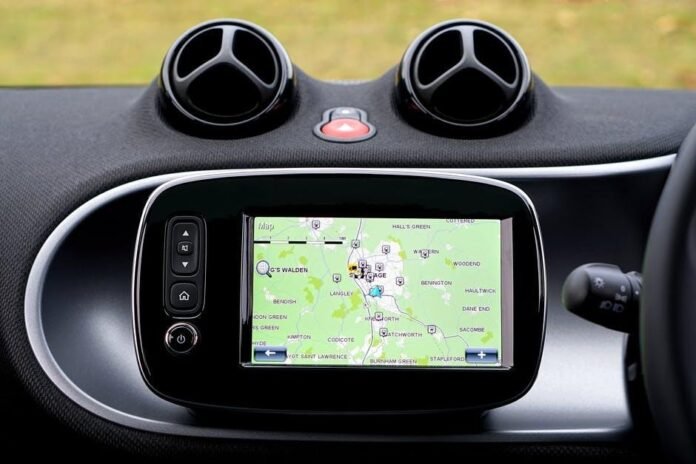How do ships, planes, and even your phone find their way without getting lost?
GPS has been the go-to system for years, but new technology is changing the game. Scientists and engineers are working on fresh ideas that go beyond satellites. This navigation technology could make it faster, safer, and more reliable.
What’s coming next? The future of finding our way is full of surprises, and it’s closer than you think.
AI-Powered Navigation
AI is making navigation smarter than ever. It can learn from past trips, predict the best routes, and adjust as needed. Bad weather, traffic, or roadblocks won’t cause as much trouble.
AI can spot patterns and find new ways to get around them. Self-driving cars and delivery drones already use this technology to move safely.
Pilots and sailors can also get better guidance, even in tricky conditions. As AI keeps improving, travel will become smoother, safer, and faster for everyone.
Quantum Positioning Systems
Quantum positioning could change how people navigate. It doesn’t need satellites, so it works even where GPS fails. This system uses tiny sensors to track movement with extreme accuracy.
Submarines, planes, and spaceships could travel without worrying about losing their signal. It could also help in cities where tall buildings block normal signals.
Scientists are still working to make it smaller and easier to use. Once ready, it could make travel safer and more reliable for everyone, no matter where they go.
Inertial Navigation Advances
Inertial navigation is getting better with new technology. It uses sensors to track movement without needing signals from satellites. This helps in tunnels, deep oceans, and even space.
High-tech systems can now make these sensors more accurate over long distances. One way to test them is through advanced tools that show how GNSS simulation works.
These tools help improve navigation by creating real-world conditions in a safe setting. With these upgrades, travel will be more reliable, even in the toughest places.
Signals From Nature
Signals from nature could be the key to better navigation. Some scientists are studying how animals and the Earth’s magnetic fields help creatures find their way.
For example, whales and birds use natural signals to travel long distances. Researchers are working to use these signals for technology.
This could help in places where GPS doesn’t work well, such as deep forests or remote areas. By learning from nature, we might find new ways to navigate that are both simple and effective.
Crowd-Sourced Mapping
Crowd-sourced mapping is changing the way we navigate. People share their travel data, helping everyone find the best routes. Apps and maps get more accurate when users add information.
With more people sharing, maps get updated faster. This helps drivers avoid accidents, traffic jams, or roadwork. It also makes it easier to find places in busy cities.
This method also helps in rural or remote areas. Maps can become more detailed and useful when more people contribute. It can even help spot hidden shortcuts.
Crowd-sourced mapping is already improving navigation for everyone. As more people take part, it will only get better. The future of maps will be more accurate and helpful.
Navigation Technology Goes Beyond GPS
Navigation technology is changing fast and new ideas are making it better than ever. These technologies could help in places where GPS struggles, like deep space or underground. They also make travel safer and more accurate.
How we find our way is evolving and the future looks exciting. Soon, getting lost might be a thing of the past.
Did you find this article helpful? Then check out our blog for more insights!
